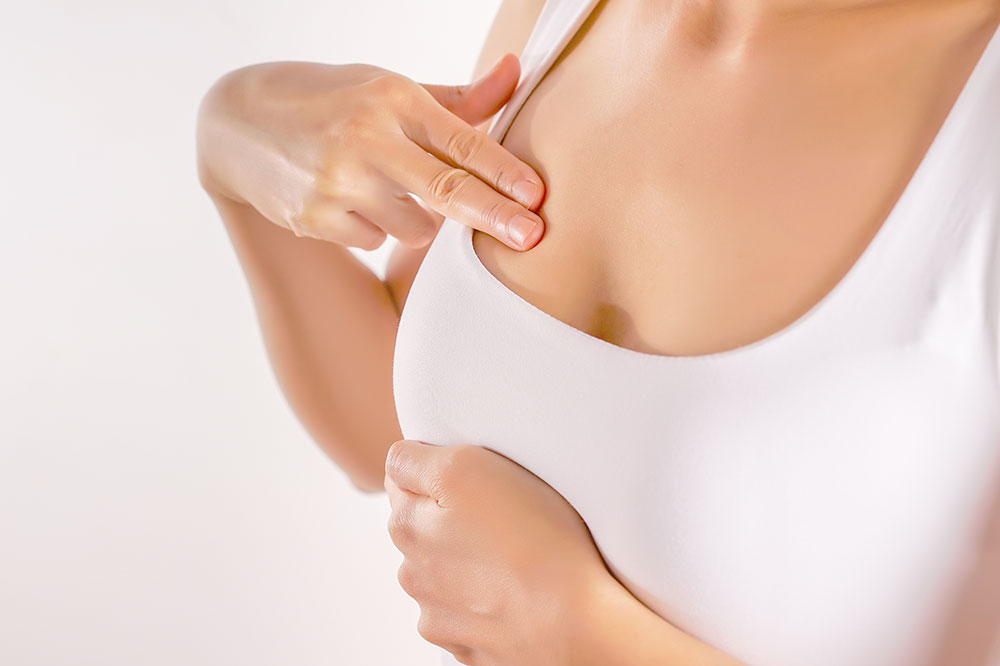
Breast Cancer – Stages, Symptoms, and Risk Factors
When the cells in the breasts start dividing uncontrollably, a tumor is formed. This tumor is caused due to mutations in the gene that helps cell growth. It can be malignant or benign. As per recent consensus, breast cancer is the second most common type of cancer diagnosed in the country. Age and weight are two major risk factors that cause breast cancer. Let’s take a look at the stages, symptoms, and risk factors.
1. Stages of breast cancer
Stage 0
Stage 0 is also known as DCIS. In this stage, the tumor is confined to the ducts of the breasts and does not spread to any of the lymph nodes.
Stage 1
When the tumor is not more than 2 cm, it is known as stage 1. In this stage, the tumor hasn’t spread anywhere else, including the lymph nodes.
Stage 2
Stage 2 generally means the cancer has only spread to the nearby lymph nodes. This stage is considered an invasive stage and is divided into three types:
- 2A – When the tumor is under 2 cm but is spread across the lymph nodes, it is stage 2A.
- 2B – In stage 2B, the tumor is between 2cm and 5 cm. It could or could not have grown to the lymph nodes.
- 2C – In this case, the tumor is bigger than 5 cm and has not grown to the lymph nodes under the arm.
Stage 3
Stage 3 is also known as locally advanced breast cancer. This stage is further divided into two types:
- 3A – The tumor in this stage can be any size but has cancerous lymph nodes attach to the surrounding tissues or one another.
- 3B – When the tumor has spread to the chest wall, skin, and internal mammary lymph nodes, it is known as stage 3B breast cancer. In this case, the size of the tumor does not matter.
Stage 4
In Stage 4, the tumor spreads to the liver, lungs, brain, or bones. The size of the tumor is irrelevant.
2. Symptoms of breast cancer
Here are some of the symptoms that you can keep an eye out for.
- A mass or lump in your breast or underarm. The size doesn’t matter
- Look out for a change in the shape of your breast’s size, shape, or curve.
- Red skin on the nipple or breast.
- Any area that looks different or patchy from the other parts of your breasts
- There can be changes in the shape or position of your nipple
- Clear or bloody nipple discharge.
- A drastic change in the look and feel of the skin on your breast or nipple
- If you find any of the above symptoms, call your doctor immediately.
3. Risk factors of breast cancer
Let’s take a look at the risk factors that cause breast cancer
- Women who carry the BRCA1 and BRCA2 genes are at a higher risk.
- Breastfeeding and estrogen exposure
- A history of breast lumps or breast cancer
- Bodyweight
- Radiation exposure
- Hormone therapy
- Extreme alcohol consumption


